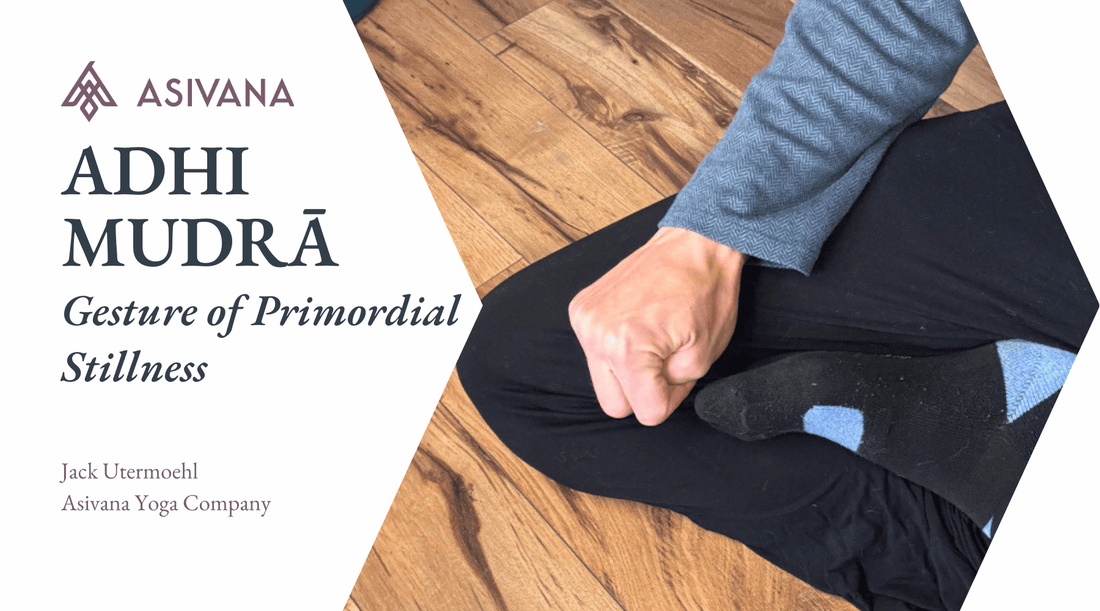
Adhi Mudra - Gesture of Primordial Stillness
Jack UtermoehlShare
Adhi Mudra (Gesture of Primordial Stillness)
Sanskrit Name: Adhi Mudrā - आधि मुद्रा
English Translation: Gesture of Primordial Stillness
Phonetic Spelling: AH-dhee Moo-Drah
Adhi mudra is known as the gesture of primordial stillness and is associated with deep relaxation and inner calm. This mudra represents a return to the original state of being, a quietness of the mind that allows for the restoration of balance and inner peace.
In this position, the practitioner curls the fingers into a fist, symbolizing containment and control over the sensory organs and the mind.
In yoga and meditation, adhi mudra is often used to calm the nervous system and bring the mind into a state of stillness. It supports a grounding energy and is especially effective during pranayama to promote deep diaphragmatic breathing.
This mudra encourages a reconnection with one’s inner stillness, making it an ideal practice for those feeling overwhelmed or scattered.

Instructions to Perform Adhi Mudra
Find a quiet and comfortable space. Sit in a stable position, either cross-legged or in a chair, with your spine straight and your shoulders relaxed.
Hand Position: Curl your thumbs into the center of your palms and wrap the other four fingers around the thumbs, forming a gentle fist. Rest your hands, palms facing downward, on your knees.
Posture: Sit in Sukhasana (easy pose) or Padmasana (lotus pose) for a grounded experience. If seated in a chair, ensure your feet are flat on the ground and your spine is upright.
Breathing Technique: Pair the mudra with slow, deep diaphragmatic breathing. Inhale deeply through the nose, allowing your breath to fill your belly, and exhale slowly through the nose, releasing tension with each breath.
Duration: Practice adhi mudra for 5-15 minutes, focusing on cultivating a sense of calm and stillness.
Benefits of Adhi Mudra
Adhi mudra is known for its ability to quiet the mind and calm the nervous system. It is an excellent tool for reducing stress and anxiety and promoting a state of deep relaxation.
Physical Benefits: Promotes deep breathing by stimulating the lungs and diaphragm, enhances oxygen flow, and helps calm the nervous system.
Mental Benefits: Clears the mind, reducing mental distractions and encouraging focus.
Emotional Benefits: Helps release anxiety and emotional tension, allowing for a sense of inner calm and stability.
Spiritual Benefits: Connects the practitioner with their inner stillness.
Capture your insights and deepen your connection with our Yoga Journal.Elevate Your Mudra Practice
Symbolism and Meaning of Adhi Mudra
Adhi mudra symbolizes the state of primordial stillness and calm. In this position, the thumb, which represents the universal self, is enclosed within the fingers, representing containment of the sensory organs. This gesture is symbolic of turning inward, closing off external distractions, and reconnecting with the self.
This mudra has been traditionally used to bring about a state of internal stillness and balance. It draws energy downward, grounding the practitioner and stabilizing the mind. By controlling the sensory organs symbolically, adhi mudra helps redirect focus from external stimuli to internal peace.
When to Practice Adhi Mudra
Adhi mudra can be practiced at any time, especially when seeking relaxation or grounding. It is particularly beneficial when feeling overwhelmed, scattered, or anxious.
Practice during pranayama or meditation to deepen the breath and calm the mind. It can also be used before bed to promote restful sleep or at the start of a meditation practice to create focus and stillness.
A duration of 5-15 minutes is recommended, though shorter sessions can still provide immediate calming effects.
Contraindications for Adhi Mudra
Adhi mudra is a gentle and universal mudra that is safe for most practitioners. There are no specific contraindications, though those with severe hand injuries should modify or avoid this mudra.
Additional Insights on Adhi Mudra
Affirmations: "I am calm, grounded, and at peace." / "I return to my inner stillness, releasing all distractions."
Visualization: While holding adhi mudra, visualize a still, peaceful lake within yourself, undisturbed by the chaos of the outer world. Allow this image to cultivate a deep sense of tranquility.
Associated Chakras: Adhi mudra is primarily associated with the Muladhara (root chakra), helping to ground and stabilize the practitioner.
Paired Asanas: Pair adhi mudra with seated grounding postures like Sukhasana (easy pose).
Related Pranayama: Adhi mudra works well with ujjayi breath (victorious breath) to enhance focus and deepen relaxation.
Meditation Techniques: Practice mindfulness meditation with adhi mudra, focusing on breath and body awareness, or use it during guided grounding meditation to enhance inner stillness.
Variations and Modifications
Alternative Hand Positions: Bhairava Mudra
Adaptations for Beginners: Beginners can start by holding the mudra for shorter periods, such as 2-5 minutes, gradually increasing the time as they become more comfortable. Resting the elbows on a cushion or yoga block can provide additional support if needed.
—— 🕉 ——

Personal Insights
Have you ever seen a child self-calming their selves? When left alone, oftentimes they'll sit and make fists naturally finding the stillness within themselves. I recall doing this myself when younger. I didn't understand, no one had taught me, but I felt this calm me down.
Little did I know that 30 years later I would be using this very same mudra to calm myself down when I need to create space and stillness within myself.
I love to go on adventures and sometimes those adventures create moments of stress and tension. It's important to be able to stay present, find stillness, and act from a place of calm energy.


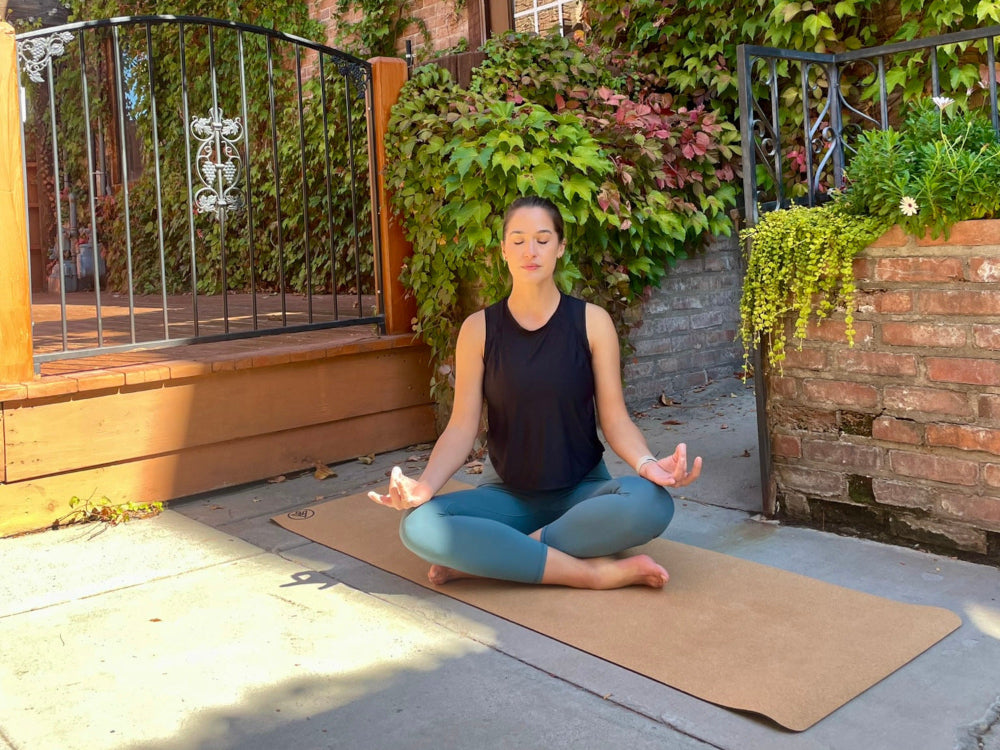


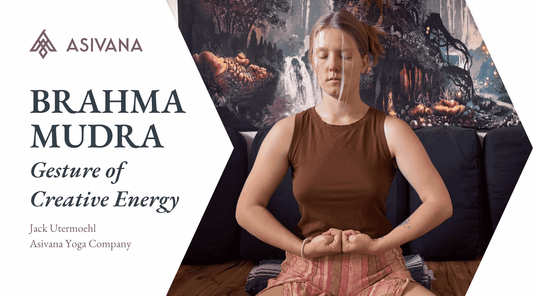
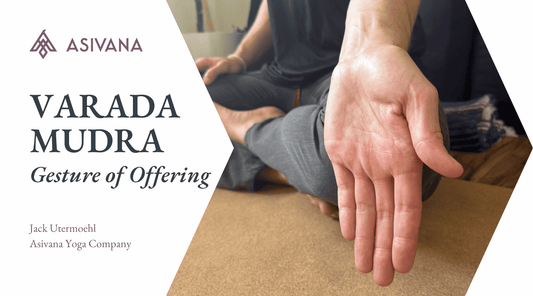
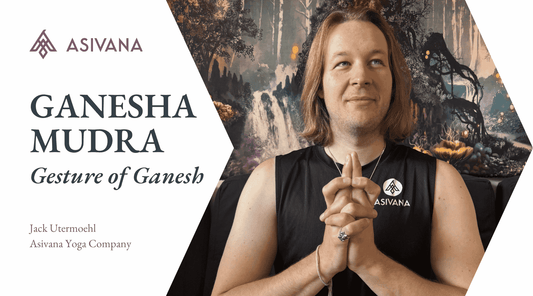




1 comment
Hola !
¿Es igual Tsé mudra y Adhi mudra? Gracias por tan valiosa información.